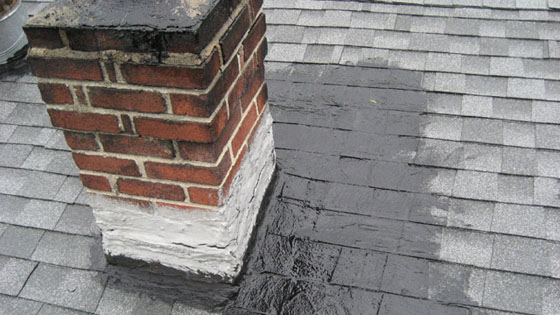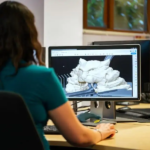Few things can ruin the cozy comfort of a fireplace faster than noticing water stains seeping down the wall and ceiling around your chimney. A leaking chimney is not just an eyesore, but can lead to extensive water damage, mold growth and roof issues if left unfixed. When faced with the task of how to fix a leaking chimney, do you roll up your sleeves for a DIY repair or call in a professional? Evaluating the severity and source of the leak is key in deciding whether it’s a job for you or if you need to contact a chimney pro.
Evaluating the Severity
As with any home repair in general and to fix a leaking chimney in particular, the first step is assessing the extent of the issue. Look for signs of water infiltration like stains or bulges on interior wall surfaces near the chimney. Go outside and inspect the brick or stone masonry for cracks, missing mortar or damage. Use binoculars to get a closer look at the chimney crown and flashings from ground level.
Minor leaks from a few cracked bricks or worn caulking may be a DIY project. Substantial damage to mortar joints or major spalling and crumbling of the chimney stack requires professional repair. Anything more than hairline fractures in the crown or flashings also calls for an expert masonry specialist.
Determining the Source
Pinpointing exactly where the water is coming from is crucial. The source could be deteriorated mortar, the crown, loose or missing flashings, damaged dampers or even issues with the surrounding roof. Watch the chimney during rain to trace leaks. Note whether water seems to run down the sides from above versus penetrating through the masonry.
If the source of the leak is not obvious through visual inspection, specialized equipment like endoscopes may be needed to diagnose the problem. Identifying causes like cracked flues or crown failure often requires a professional assessment.
Weighing DIY Chimney Repairs
For minor leaks and surface damage, DIY repairs may be appropriate if you have masonry experience. Re-sealing the crown with waterproof caulk is relatively straightforward. Repointing damaged mortar joints involves chiseling out worn sections and troweling in new mortar. Always use mortar mixes formulated for chimney use.
Any ladder work higher than single-story requires proper safety precautions – never lean ladders against the chimney. Masonry repairs also call for protective eyewear, gloves and masks. While minor repointing lower down may be a DIY job, fully repointing a chimney stack is best left to the pros.
Calling in the Experts
For more complex chimney issues like damaged flashings, cracked crowns, deteriorating bricks and leaks requiring access to the roof, professional chimney contractors have the expertise to remedy problems. They have the specialized equipment and access needed for thorough inspections and repairs.
A certified Chimney Safety Institute of America technician can properly evaluate the structure and function of the chimney using cameras and scans. Based on the inspection, they will advise if repairs or rebuilding is required. Reputable professionals also handle permits and ensure repairs meet building codes.
Conclusion
Don’t let a leaking chimney risk further structure damage and unhealthy mold growth. At the first signs of water infiltration, take steps to diagnose the source and severity of the problem. While simple surface issues may be DIY-friendly, substantial damage and roof-level leaks call for a certified pro who specializes in how to fix a leaking chimney. Investing in professional chimney repairs brings long-term peace of mind and a safe, functional system.






